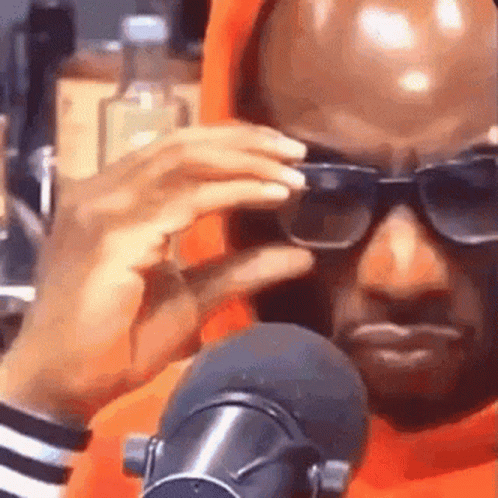tinfoil hat timmy
Gold Member
- Joined
- Aug 21, 2014
- Messages
- 21,114
very cool knife.
maybe someday
maybe someday
The BladeForums.com 2024 Traditional Knife is available! Price is $250 ea (shipped within CONUS).
Order here: https://www.bladeforums.com/help/2024-traditional/
Happy to help if I can, John.I may have to pick your brain when I get this going Bruce.
Exactly. One of the things that has really endeared me to this knife over the years (in addition to its sheer usefulness) are the subtle details you mention. At first glance, it seems like a very simple, basic knife, and it is. But it also has some very cool touches and smooth integration of the various materials.I like everything about that knife in particular, the angled butt, matching bolster, peened tang, the taper of the handle, and the overall simplicity of it. It looks like it probably balances well also. Would love to hear any more info you have on that or Gauchos in general.
I've gotta get the forge fired up soon and start tackling the integral bolster. That and the sheath are going to be a good challenge for me.

The next paragraph definitely tells a different storySounds like he was going to give the person a haircut.
The next paragraph definitely tells a different story







That seems pretty "gaucho" inspired to me.So, is what you're calling a gaucho knife similar to my David Stifle rifleman's bowie?
View attachment 1936819
Some similar elements, yes. The blanket term, 'gaucho knife' includes several different knife types, used for everything from fighting to multipurpose tool. A facon or daga, for example, is a larger fighting knife, that would usually have a full guard like the knife pictured in the middle, although the guard is often curved and a little more stylized. A cuchillo, or pucòn, or puñal would be a smaller (though often still good sized), everyday fixed blade and would not usually have any guard at all. But these definitions are also somewhat fluid, and can vary depending on where in the region you are, sometimes from one valley to the next.So, is what you're calling a gaucho knife similar to my David Stifle rifleman's bowie?
View attachment 1936819
That story made me laugh out loud this morning, Dave. The Chileans and Argentinians I worked with would often have a hard time saying the word "focus" in English, and it usually sounded something more like, "Ok, we need to f___us." which raised more than a few eyebrows.....So he calls and he's talking to my wife and ordering some wildrags. His English was decent but not great and a strong accent. Back in the day we had a paper catalog we'd send out and he'd tell Nichole which colors he wanted while looking at the catalog. The conversation kinda went like this. "OK Nichole, and now I wants a fu..s ya." "Excuse me?" was Nichole's reply. "Ya know I wants a fu..s ya, right there in the catalog by the blue." "Oh, Ok, ya want a fuschia one, got it, ok I can send ya a fuschia one." Fuschia sounded an awful lot like f...s ya the way he said it!
Yep! Its a funny one. And as you know it really does come out sounding that way.That story made me laugh out loud this morning, Dave. The Chileans and Argentinians I worked with would often have a hard time saying the word "focus" in English, and it usually sounded something more like, "Ok, we need to f___us." which raised more than a few eyebrows.
